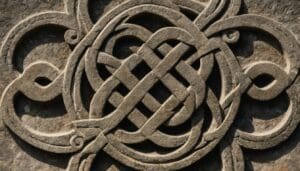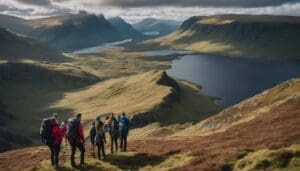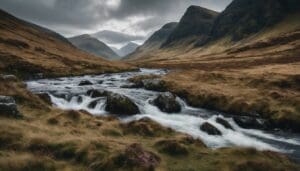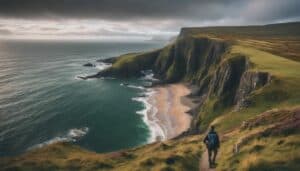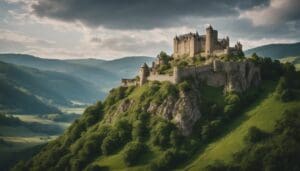Top 7 Things to do in Pleven, Bulgaria

Updated On: April 15, 2024 by Aya Radwan
You might have heard the name Pleven before, or as it was once called Plevna in modern history. The city of Pleven is the administrative center of Pleven Province and that of the subordinate Pleven Municipality as well. Pleven is located north of Bulgaria and is the biggest economic center in the northwestern and central north part of the country.
The location of Pleven plays an integral part in the city’s economic, administrative, political, cultural and transport life. The city is surrounded by low limestone hills; the Pleven Heights and is 170 kilometers from the capital Sofia. The river Vit flows near the city while the smaller Tuchenitsa river, locally known as Barata which means The Streamlet crosses the city of Pleven.
The current weather in Pleven is as continental as you can hope for. Cool winters and warm summers distinguish the city. Winters have a lot of snow with temperatures falling below -20 degrees Celsius overnight. Springs are warmer with temperatures getting to 20 degrees Celsius and summers are hotter with average 40 degrees Celsius.
In this article we’ll get to know the city of Pleven, Bulgaria. We will know how to get to Pleven then we’ll know a little bit about its history before we jump to the different reasons why you should visit it and what you can do there.
How to get to Pleven?
You can get to Pleven from the capital Sofia by train, bus, taxi, drive or by shuttle.
1. By train:
Using the train is the fastest way to get from Sofia to Pleven. With a ticket cost that doesn’t exceed 14 Euros, it’s also one of the cheapest options. Most common train operators of the way are the Bulgarian Railways and the Romanian Railways.
You can check their schedules online to determine which of the journeys they operate suits you best. The journey usually takes about 2 hours and a half.
2. By bus:
Reserving a bus ticket differs depending on whether you’ll be booking a one-way ticket or a return ticket. Either way you’ll be expected to pay from 5 Euros to 9 Euros. The 2 hours and twenty minutes ride has several operators as well which you can check and choose from.
3. By taxi:
You might want to get a taxi ride instead but it can be quite pricy. Even though you might get to Pleven faster; the trip usually takes just two hours, but you will be expected to pay anywhere from 80 Euros to 100 Euros. It’s always best to check with operating companies to determine what you like.
4. By car:
Fancy driving the way yourself? No problem, driving will get you from Sofia to Pleven in less than two hours. With a fuel cost from 15 Euros to 21 Euros, you just need to rent a car for your trip. For just 15 Euros per day, you can get a great offer from car renting companies online as well.
5. By shuttle:
If taking a shuttle is more suitable for you, no worries. For a cost that ranges from 65 Euros to 85 Euros you can book one and you can do it online too. The shuttle will take you from Sofia to Pleven in about two hours and a half.
Where to stay in Pleven?
One of the distinguishable things about staying in Pleven is that you can rent an apartment for as good as a price as a hotel, even better. Apartments for rent in Pleven aren’t only very affordable but also are located near all of the city’s main sights. Some apartments have a lovely back yard as well where you can relax after a long day.
1. Apartment ILIEVI (15 ulitsa “Pirot” An. 3, 5804 Pleven):
Particularly popular among couples, this apartment has a city view, an inner courtyard view and a quiet street view as well. The apartment is only 0.6 kilometers away from the city center. For three nights suited with all apartment facilities including private parking and free WiFi, you only need to pay 115 Euros.
The apartment could easily accommodate a group of travelers of up to 6 people. If you’re traveling alone and wish to rent the place for three nights, it’ll only be for 99 Euros.
2. Pansion Storgozia (108 Storgozia Str., 5802 Pleven):
Located 2 kilometers away from Panorama Mall and 2.9 kilometers away from the city center, this apartment style pansion is another top choice in Pleven. Equipped with everything for your comfort, the apartment is a one-bedroom apartment with another sofa-bed in the living room.
Pansion Storgozia has an on-site fitness center, street parking and an on-site coffee shop. The apartment is available for rent for 152 Euros for a stay of three nights. There’s an option of renting a two-bedroom apartment in the same pansion, which can accommodate up to four people.
3. Hotel Rostov (2, Tzar Boris III Str., 5800 Pleven):
Located in the center of the city of Pleven, Hotel Rostov offers great panoramic views of the city and its monuments. The hotel is also about 5 minutes away from restaurants, cafeterias and bars. For a three-night stay, your choice of two single beds or one double bed, you only pay 108 Euros. For the inclusion of breakfast and several other services such as free cancelation, the price goes up to 114 Euros.
4. Complex Friends (Marie Curie Str. 4, 5801 Pleven Center, 5801 Pleven):
Another great place which is only 0.6 kilometers away from the city center, this motel is in the sport area of the city. Hospital “Heart and Brain” is a 100-meters away and the Hospital “UMBAL Georgi Stranski” second clinic base is just 200 meters away. For a three-night stay, your choice of two single beds or one large bed, you only need pay 123 Euros.
The motel restaurant offers you a continental breakfast every day. There are also rooms to book in the motel that can accommodate of up to 3 travelers. The motel is just 0.8 kilometers away from the Regional Historical Museum while the Pleven Panorama is only 1.3 kilometers away. Many other Pleven landmarks are very close to the motel.
Brief History of Pleven
Now that we’ve got you to Pleven, let’s get to know a bit more about this thriving city and dig deep into the history books.
The earliest traces of human habitat in Pleven goes back to the Thracians, to 5th millennium BC; the Neolithic. Archeological findings have testified to the rich culture of the Thracians who inhabited the area for thousands of years. The Nikolaevo treasure is also among those treasures.
During the Roman Rule over the area, the city of Pleven along with the entire region became part of the Roman province of Moesia. Pleven drew its importance back then from the establishment of a road station called Storgosia, on the road from Oescus – near modern Gigen to Philippopolis – now Plovdiv. The road station was later modified and fortified into a fortress.
Pleven earned its modern-day name during the Middle Ages. The city was an important stronghold of both the First and Second Bulgarian Empire. The city’s name became Pleven when the Slavs populated the area and the name was first mentioned by the Hungarian King Stephen V in 1270 during a military campaign in the Bulgarian lands.
Pleven kept its importance under Turkish rule and was then known by Plevne in Ottoman Turkish. In 1825, the first secular school was opened, followed by the first girls’ school in Bulgaria in 1840 and the first boys’ school the following year. Many schools, churches and bridges were built at the time in Bulgarian National Revival style. It was in Pleven that the Bulgarian national hero Vasil Levski established the first revolutionary committee in 1869.
Siege of Plevna (Pleven)
The Siege of Plevna was one of the most important battels during the Liberation of Bulgaria from Ottoman Rule during the Russo Turkish War in 1877 and 1878. The siege carried out by the Russian and Romanian armies led by the Russian Tsar Alexander II. The siege went on for 5 months and cost many of the Russian and Romania soldiers their lives.
Field Marshal Osman Pasha had set up fortifications in Plevna after his defeat in the battle of Nikopol. Osman succeeded in fending off the Russian attacks on them during the first two battels. In the third battel, the Russian forces were able to take two Turkish redoubts and a Romanian force took a third one. Even though Osman was able to retake the redoubts from the Russians, he couldn’t budge the Romanians.
By October 24th, Russian and Romanian forces were able to surround Plevna. After which the Ottoman high command ordered Osman to stay put. In a futile battle, Osman was wounded and lost 5,000 of his soldiers. The following day, December 10th 1877, Osman Pasha surrendered!
It took the armies four attempts to take the city back. This victory paved the way for the defeat of the Ottoman Empire, the restoration of Bulgaria as a state and the independence of Romania as well. The siege is also remembered in Romania as the victory of the Romanian War of Independence because when Osman Pasha surrendered the city, his sword and the garrison, they were to the Romanian colonel Mihail Cerchez.
Pleven After Liberation of Bulgaria
After the Russo-Turkish War the city of Pleven continued in a steady and fruitful economic and demographic growth. Through the following years, Pleven has evolved into a significant cultural center of the region.
Once the epicenter of oil processing, metalworking, machinery construction, of light and food industries during Socialist Bulgaria. Pleven changed directions to light industries such as knitwear and store clothes production. Tourism has been booming recently after slumping for some time. Currently, the city is many important industries including chemical, textile and food stuff industries.
The city of Pleven is also notable for its Medical University; as it is one of the four medical universities in Bulgaria and the only university in Pleven. The university was founded in 1974 on the basis of the former regional hospital that was established back in 1865. The university includes a large modern preclinical base, a hospital with specialized clinics and research sections.
Medical University of Pleven has two faculties; the Faculty of Medicine and the Faculty of Public Health. It also has a college and two hostels. The most significant feature of the university is in 1997, it added an English language Medicine program designed for international students, making it the first English language medicine program in Bulgaria.
Pleven, Bulgaria – Things to See in Pleven, Bulgaria – Connolly Cove
What to do in Pleven?
Pleven is rich in historical landmarks, many of which are related to the Russo-Turkish War, 200 in particular. Most notable of these landmarks are dedicated to the memory of the Russian and Romanian soldiers who lost their lives during the siege of Plevna.
1. St. George The Conqueror Chapel Mausoleum:
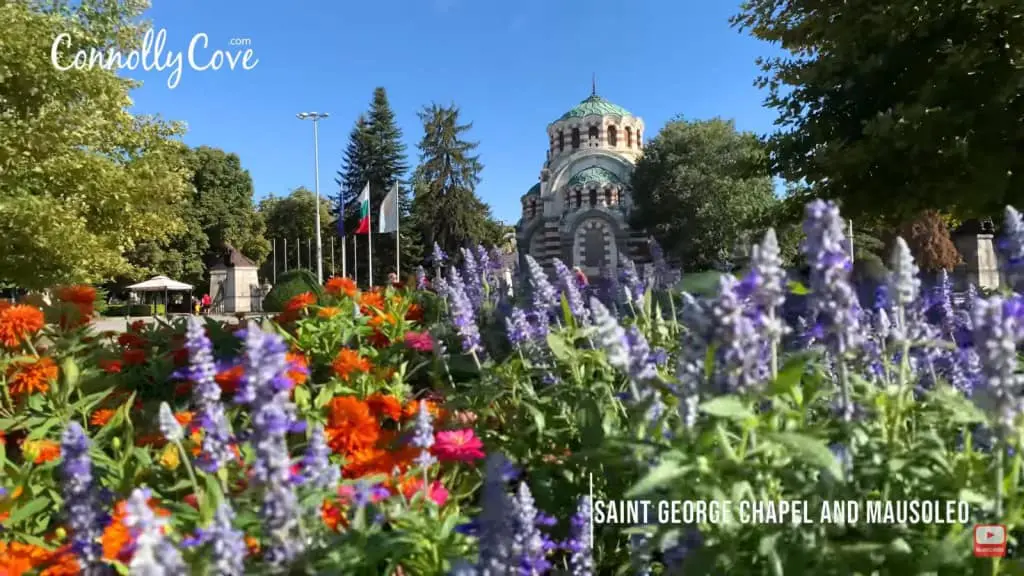
Named after Saint George; the patron saint of soldiers, the chapel is both a mausoleum and memorial in Pleven. It was built between 1903 and 1907 as a dedication to the Russian and Romanian soldiers who sacrificed their lives in the Liberation of Bulgaria’s most prominent battle; the Siege of Plevna in 1877.
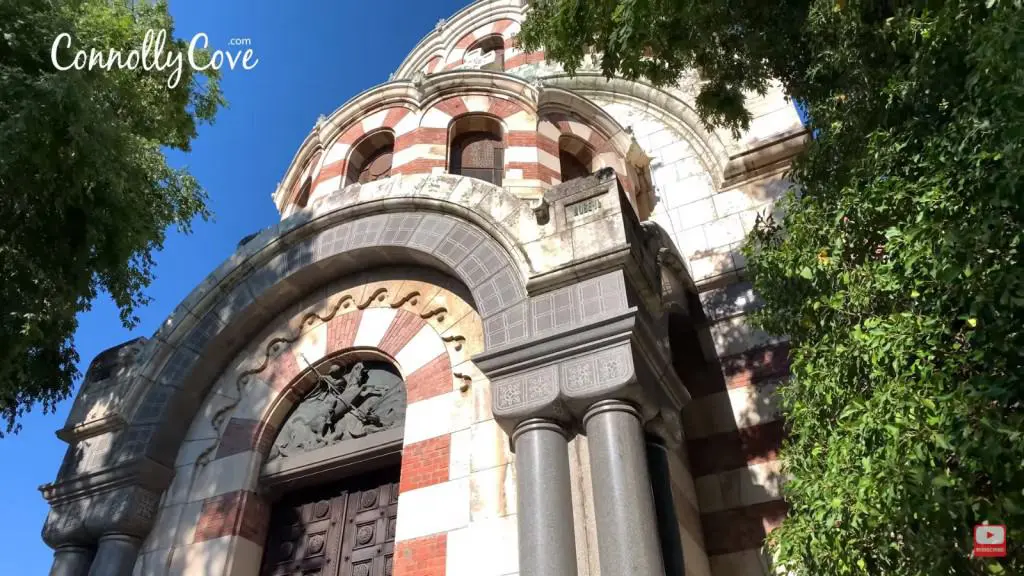
It’s only fitting that the remains of those soldiers were buried in the mausoleum. The chapel was built in Neo-Byzantine style while interior was painted by the mastering hands of Bulgarian artists. The St. George Chapel is depicted on the Pleven Coat of Arms.
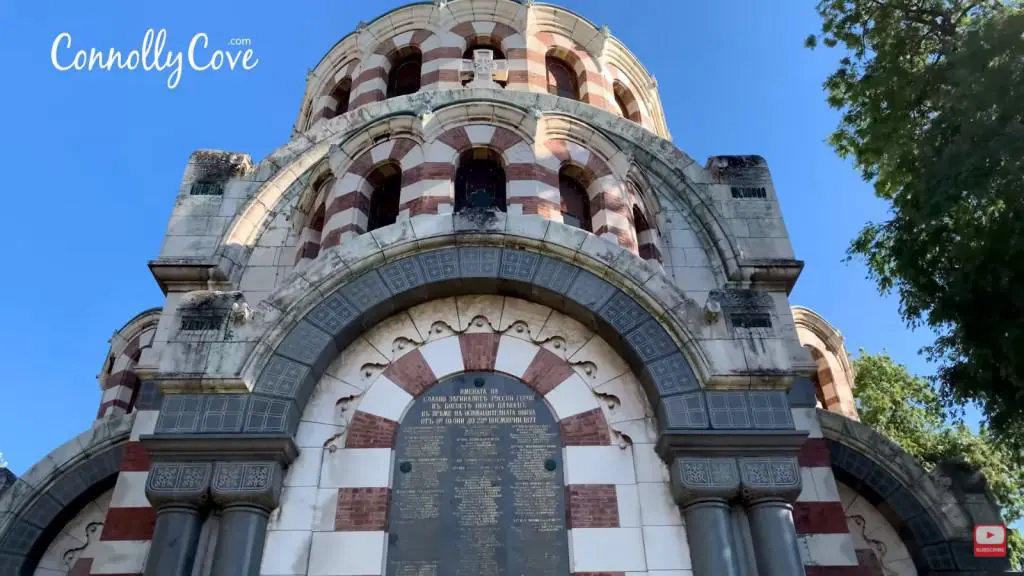
2. Skobelev Park:
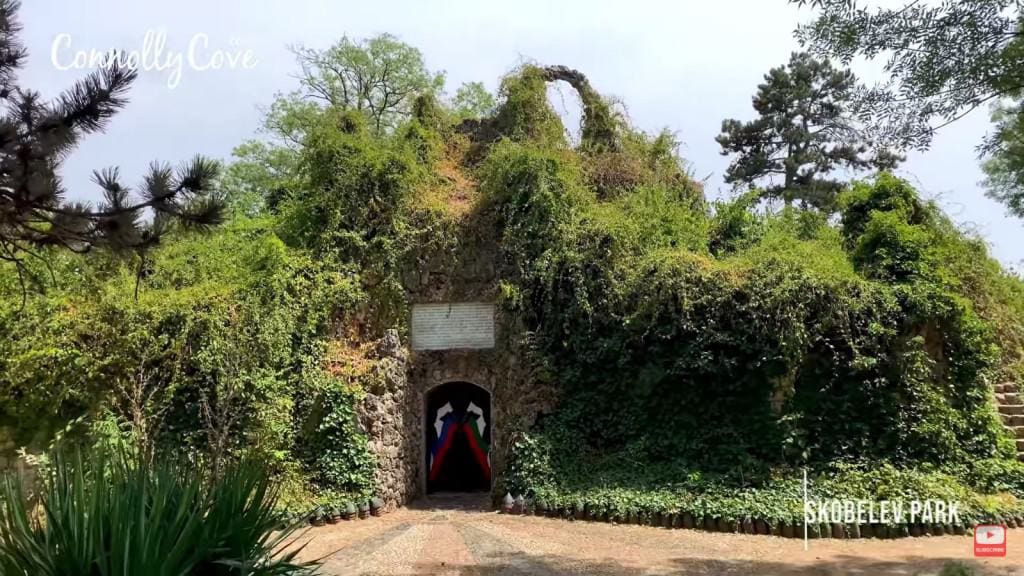
Built between 1904 and 1907, Skovelev Park was built on the same site of the battlefield of the Siege of Plevna. The park was named after the name of the Russian General Mikhail Skobelev who led the Russian forces during the battles of the Siege of Plevna. Skobelev’s strategy proved fruitful in the siege that ultimately paved the way to the fall of the Ottoman rule over Bulgaria, Romania and Serbia.

The Park is located in the Martva dolina valley where 6,500 Russian and Romanian soldiers were injured and lost their lives. Their remains are stored in 9 common graves in the park and an ossuary. There are dozens of Russian cannons that are arranged in the park where it is a favorite walking route of residents of Pleven. The Pleven Panorama is located in the Skobelev Park.
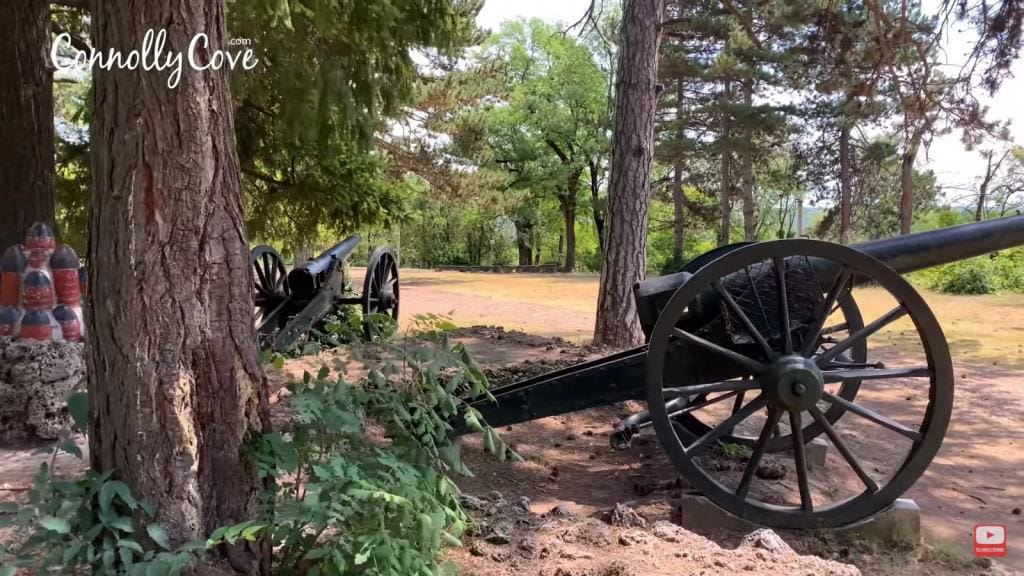
3. Pleven Panorama 1877:
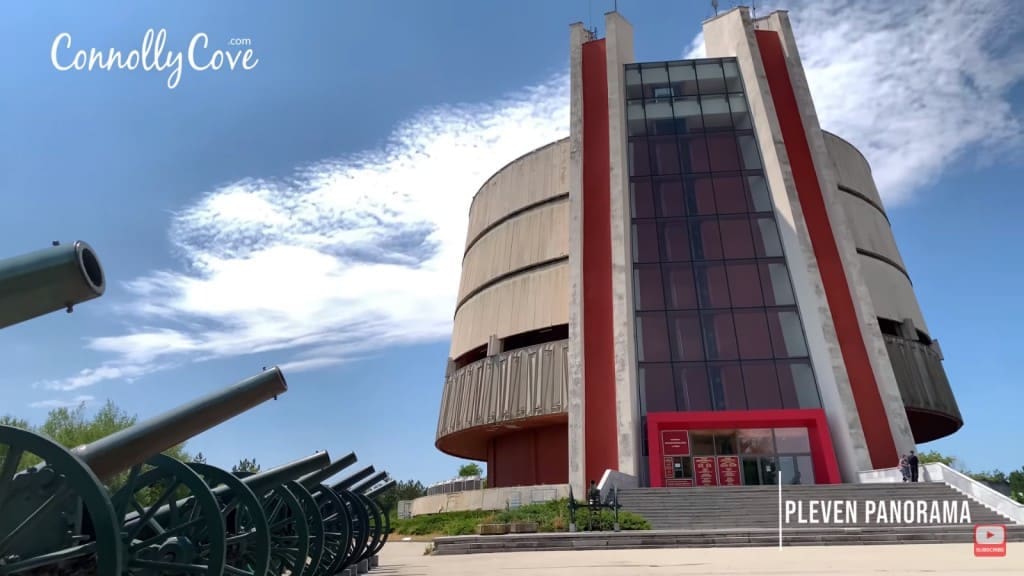
As the name suggests, Pleven Panorama is where you can witness the events of the Russo-Turkish War of 1877 and 1878. There’s also depiction of the famous Siege of Plevna which made the city known worldwide. You will witness the end of five centuries of Ottoman rule over the area and the Liberation of Bulgaria.
The panorama was built in 1977 in the 100th celebration of the war and Liberation of Bulgaria. Created by the hands of 13 Russian and Bulgarian artists in expansion of the already existing Skobelev Park; the site of three of the four battels leading to the Liberation. The panorama is considered one of 200 landmarks built around the city in tribute to the battle of Plevna and the lives lost during the siege.
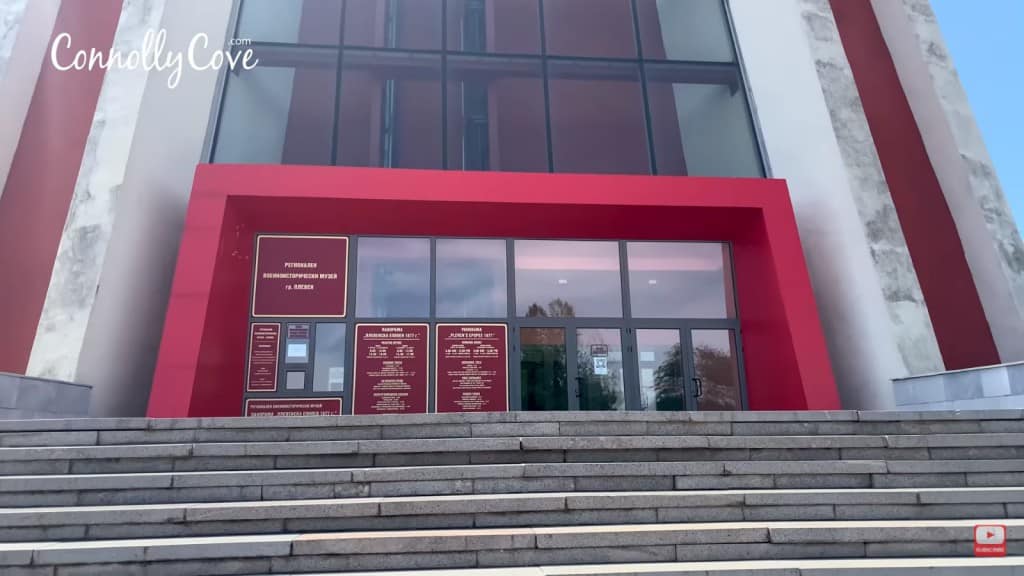
The panorama shows that the siege consisted of four major battels over the five-month period of the siege, with special focus on the third battel which had seen the Russian and Romanian forces gaining advantage over the Ottoman forces.
On show inside the panorama is a life-like panoramic painting including a 115×15 meter main canvas and 12-meter foreground. The goal of the designer and artists of the creation of the panorama was to induce empathy for the battle fought and the feeling of authenticity of the events.
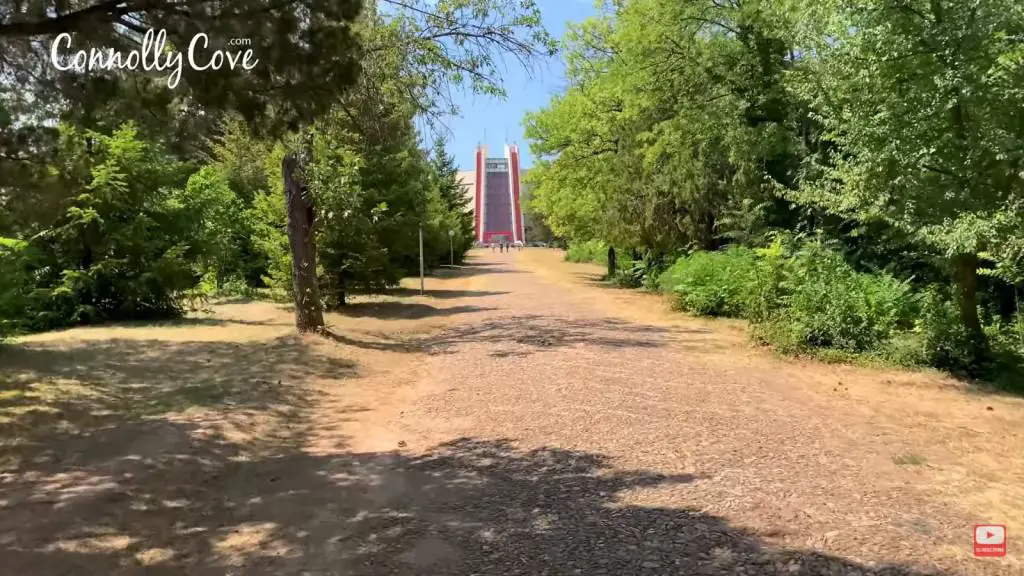
The panorama consists of four rooms, introductory, panoramic, diorama finale. Inside, you will feel like you’ve stepped back in time and are standing in the middle of the battlefield. You will witness the Russian forces and their attacking strategy, the attack of the Ottoman cavalry and the Russian General Mikhail Skobelev conducting an attack against the Ottoman fortification.
4. Pleven Regional Historical Museum:
One of the largest museums in Bulgaria, Pleven Regional Historical Museum was unofficially established since 1903 when the Local Archeological Society set the rules of creating a museum and the discovery and research of historical monuments in the region. Hence the first excavations of the Roman fortress of Storgosia were displayed by the society.
The items found were organized and displayed by the society in 1911. In 1923, they were moved to the Saglasie where a museum was established. The museum moved to its current building in 1984. The building was built between 1884 and 1888 after an Italian project for barracks.
The museum is divided into 5 departments with a total of 24 halls and 5,000 items on display. The museum’s departments are Archeology, Ethnography, the Bulgarian National Revival and the Ottoman Rule of Bulgaria, Modern History and Nature. The museum holds one of the richest coin collections in the whole country with a total of 25,000 coins.
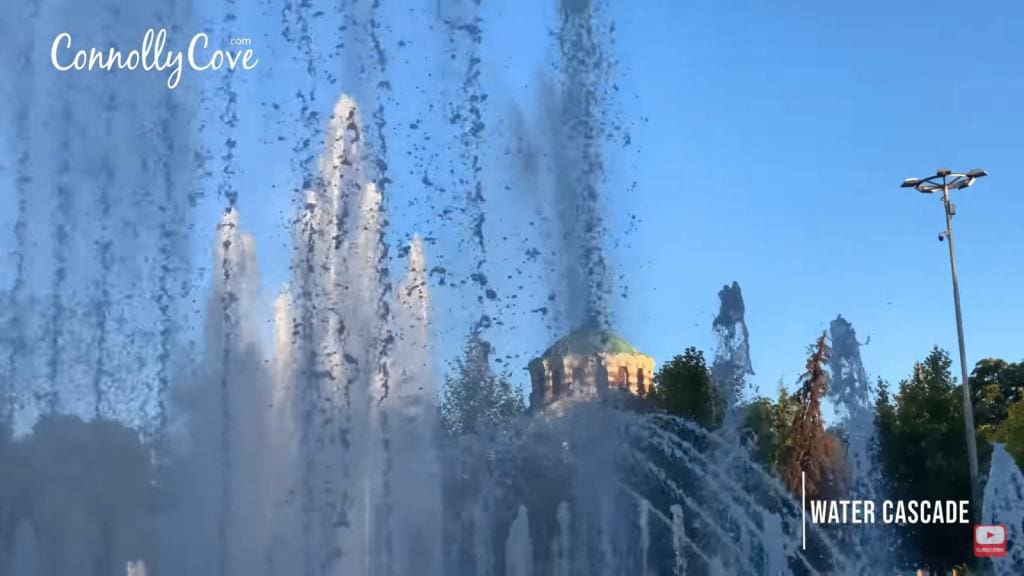
5. Svetlin Rusev Donative Exhibition:
This permanent art exhibition in Pleven is home to more than 400 works of art donated by the renowned Bulgarian artist Svetlin Rusev. Works in the collection vary between masterpieces by both Bulgarian and foreign artists. The exhibition has been occupying its current location since 1984 when Rusev donated 322 works of his collection and added 82 more in 1999.
The building housing the exhibition was once the public baths that were built in the 1900s. It consists of three floors and displays elements of Neo-Byzantine, Neo-Moorish and Ottoman elements in the design. The building served as the city’s public baths until 1970.
The first floor holds works of best-known Bulgarian artists such as Tsanko Lavrenov and Dechko Uzunov. On the second there are works of contemporary Bulgarian painters such as Nikola Manev and also the oldest painting in the gallery; a 17th century work by an unknown French author.
The third floor which consists of the towers, there is a collection of works of leading Bulgarian engravers such as llia Beshkov and famous Western European artists such as Pablo Picasso and Francisco Goya.
6. Ivan Radoev Drama and Puppet Theater:
Even though the Ivan Radoev Drama and Puppet Theater was established in 1919 in the heart of the city of Pleven, its history goes way back to 1869 to the years of Bulgarian Revival when the people of Pleven were thirsty for cultural events and theatrics. The rooms of the St. Nicholas school witnessed events of world-renowned plays such as The Outcasts by Vazov, Othello by Shakespeare and the Government Inspector by Gogol were staged.
The first professional theater company was founded in 1907 by Matey Ikonomov. The current building of the theater was designed and built from 1893 to 1895. The interior of the theater was designed in Traditional European urban style of the end of the 19th century. Since 1997, the theater has been expanding its activity through the unveiling of a “Puppet Stage” continuing the traditions of the no longer existing State Puppet Theater of Pleven.
The theater is open from Monday to Friday from 9 am to 7 pm.
7. Kaylaka:
This large park and protected area is located in the south of Pleven, in the karst valley of the river Touchenitsa. The park has been carved and shaped by the forces of nature. For centuries, the river has been cutting through the limestone rocks of the valley forming a small gorge with parallel vertical cliffs.
The natural canyon is rich in diverse Bulgarian and Balkan unique flora and fauna with many birds and mammals that are included in the Red Book of Bulgaria. Fossils of prehistoric animals and creatures can still be seen in the limestone. The decline of the ocean levels during the millennia has also left its mark on the valley, shaping rocks and caves.
The ruins of the Roman fortress of Storgosia are located in the park. There are ponds and reservoirs with boats and pedalos, a swimming pool, hotels, cafés, restaurants and playgrounds. Kaylaka is perfect for different sorts of outdoor activities such as cycling, kayaking, rock climbing and fishing.
Where to eat in Pleven?
If you’re in Pleven, there are several restaurants you need to check out. There are different cuisines served in the city, beside traditional Bulgarian cuisine. You can find Italian, European, Eastern European and even vegetarian friendly restaurants.
1. Paraklisa Club Restaurant (ul. Osvobozhdenie, 5800 Pleven):
Located at the very center of Pleven, next to the Ivan Radoev theater, this restaurant offers great Eastern European food along with a lot of Bulgarian traditional dishes. Their quattro formage salad is a must-try, Caesar salad and chicken fillet with curry and honey. A pleasant wine list is also available to choose from, all at great prices. For this delicious meal, you will pay an average from 1 Euro to 5 Euro only. The restaurant is open from 8 am to 11 pm and closes on Sundays.
2. Hummus House (Bul. Khristo Botev“ 48A, 5803 Pleven Center, Pleven):
A great vegetarian restaurant in Pleven, Hummus House offers a variety of healthy and vegan meals. Lentil meatballs with tomato sauce and mashed potatoes is perfect for a cold winter night. The place is open 10:30 am to 11 pm on weekdays and from 12pm to 11 pm on weekends.
3. Corona (78 Mir Str., Varna, Pleven 9000):
Considered a vegetarian friendly restaurant, it offers you a variety of European and Central European cuisine. Equipped with nice outdoor seating, it might take a bit for you to find this restaurant but it is definitely worth it. Corona is closed on Sundays and open on the rest of the week from 11 am to 12 am at night.
4. Budapeshta (Ul. Vasil Levski, 192, 5800 Pleven Center, Pleven):
This restaurant opens at 11 am and offers Eastern European cuisine at good price. A specialty of theirs is the mushroom risotto and a variety of good appetizers and main courses to choose from. Prices range from 2 Euros to 10 and 15 Euros.
If you’re ever in Bulgaria, we’d love to welcome you to Pleven. The city might be a little bit off the busy and bustling life of Sofia, but it’s a great place where you’ll surely enjoy your time, relax, have great food and all budget friendly!


